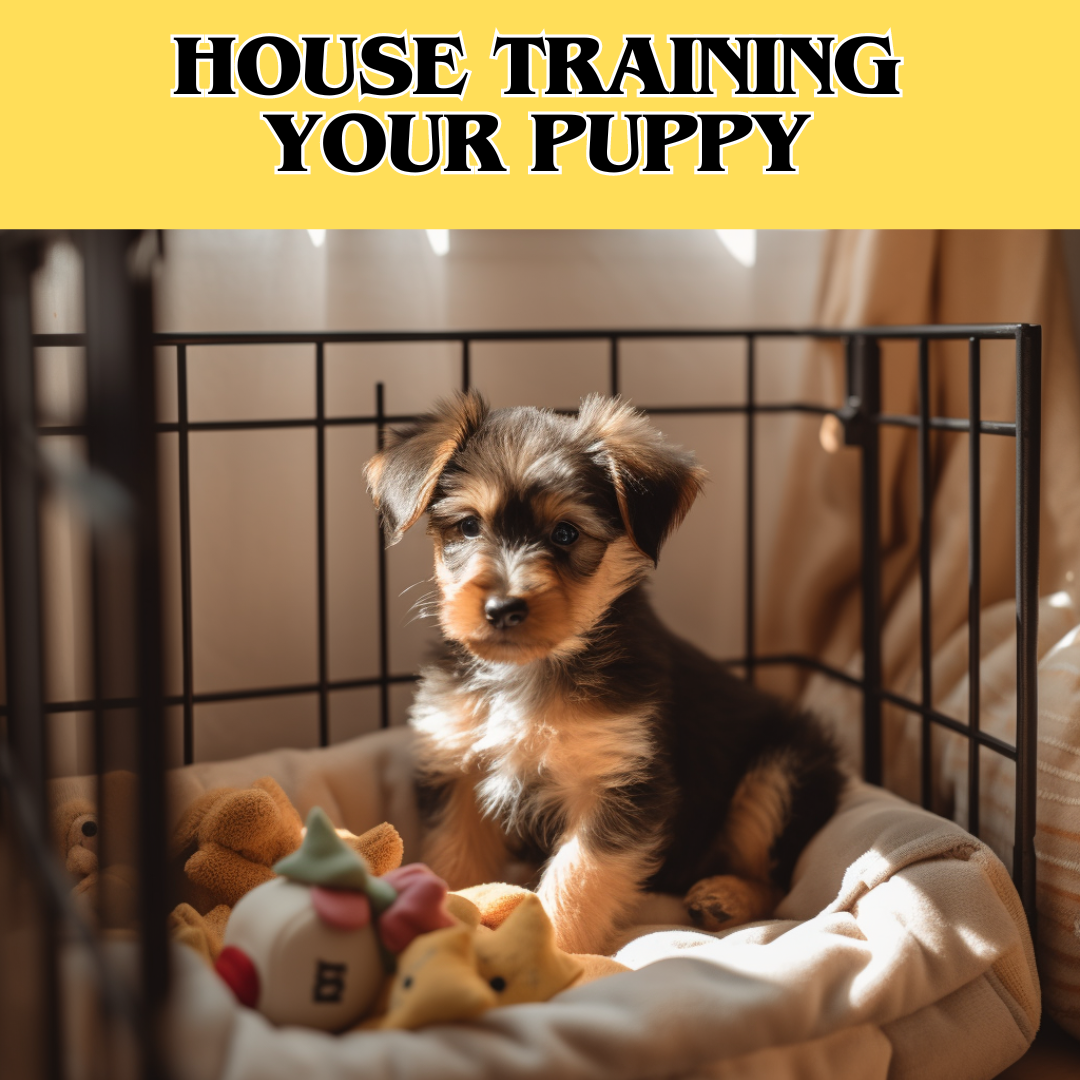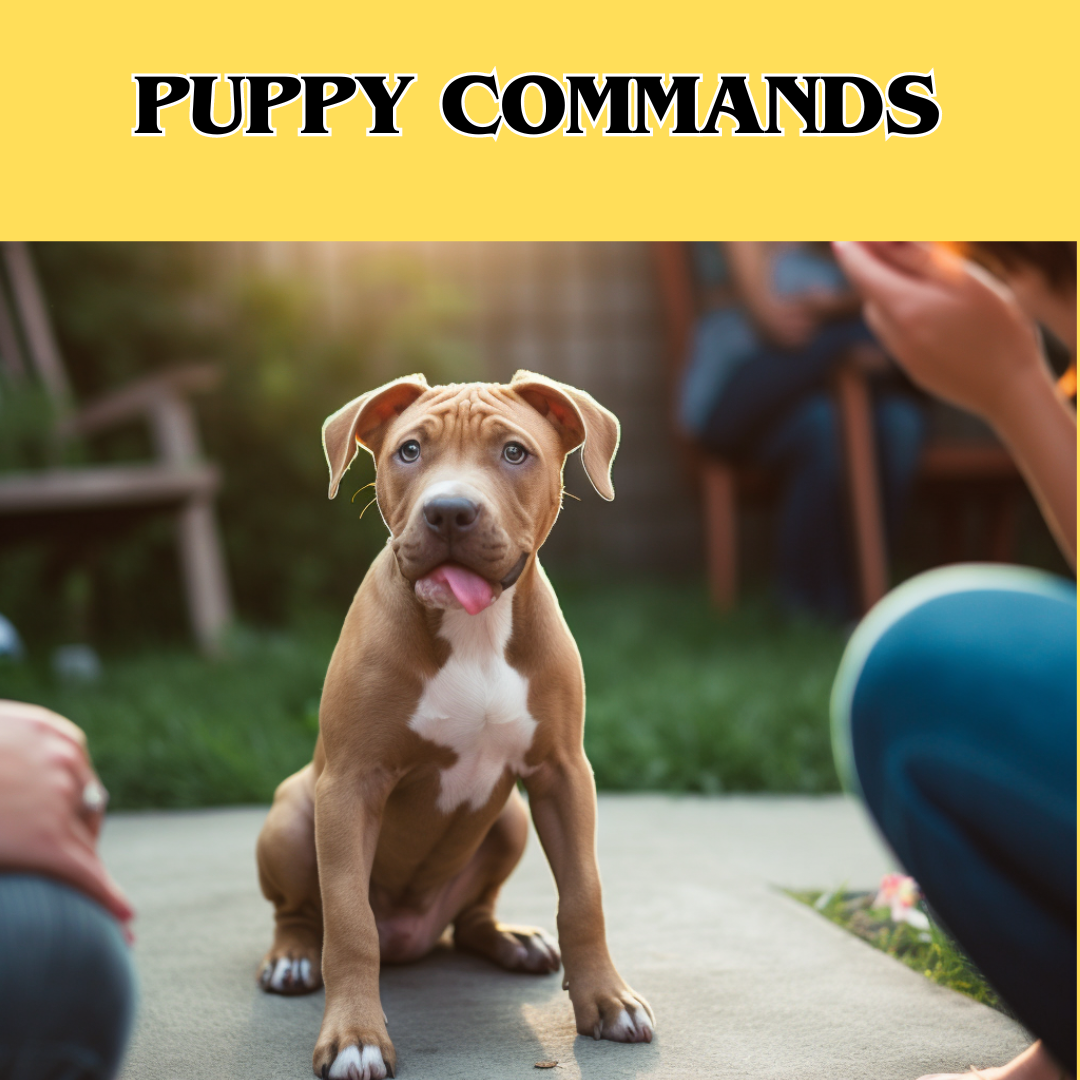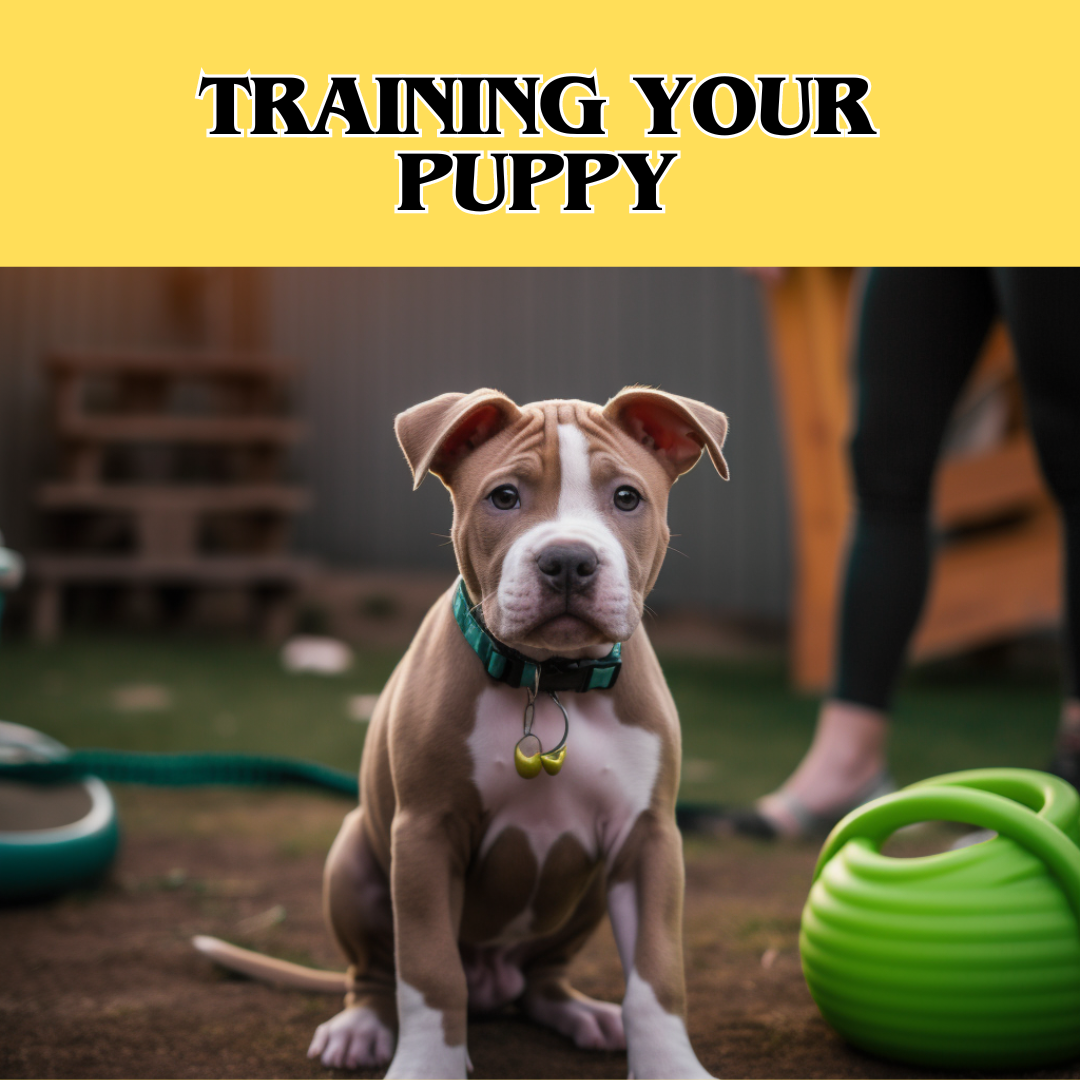House Training Basics
Key Takeaways
| Key Points | Description |
|---|---|
| Importance of House Training | Explains why house training is crucial for puppies |
| Understanding Puppy Behavior | Insights into typical puppy behavior during training |
| Crate Training Steps | Detailed steps on how to crate train your puppy |
| Establishing a Schedule | Tips on creating a consistent training schedule |
| Positive Reinforcement Techniques | How to use positive reinforcement effectively during house training |
| Overcoming Common Challenges | Solutions to common issues faced during house training |
Why House Training is Important
House training your puppy is a crucial part of their development and helps maintain a clean and hygienic home environment. Proper house training can prevent accidents, promote good behavior, and strengthen the bond between you and your puppy. When you understand the importance of this process, you’re better equipped to approach it with patience and consistency, ultimately leading to a well-trained and happy dog.
Understanding Puppy Behavior
Before diving into the training process, it’s important to understand typical puppy behavior. Puppies have small bladders and need to relieve themselves frequently. Recognizing signs such as sniffing around, circling, or whining can help you anticipate when your puppy needs to go out. For more insights into typical Pitbull behavior, understanding their temperament is key to successful training.
Step-by-Step Guide to House Training
Crate Training
Crate training is an effective method for house training your puppy. It leverages a dog’s natural instinct to keep their sleeping area clean. Here’s how to do it:
- Choose the Right Crate: Ensure the crate is large enough for your puppy to stand, turn around, and lie down comfortably. A crate that is too large can encourage accidents in one corner.
- Introduce the Crate: Make the crate a positive space by placing treats, toys, and comfortable bedding inside. Encourage your puppy to enter the crate voluntarily and praise them when they do.
- Create a Schedule: Start with short crate sessions and gradually increase the duration as your puppy becomes accustomed to it. Consistency is key here, and having a set schedule can greatly aid in the process.
- Nighttime Routine: Keep the crate near your bed initially to comfort your puppy during the night. This can help reduce anxiety and make nighttime crate training more effective.
For more detailed tips on crate training, visit Pitbull Crate Training and Puppy Training.
Establishing a Schedule
A consistent schedule is key to successful house training. Here’s a suggested daily routine:
- Morning: Take your puppy out first thing in the morning. Puppies often need to relieve themselves after a long night’s sleep.
- After Meals: Puppies typically need to relieve themselves after eating. Make it a habit to take them outside right after they finish their meal.
- After Playtime and Naps: Always take your puppy out after play sessions and naps. This helps reinforce the idea that outside is the place to go.
- Bedtime: Ensure your puppy goes out right before bedtime to minimize the chances of nighttime accidents.
Using a schedule helps your puppy understand when it’s time to go outside and reduces the likelihood of accidents indoors. For more information on maintaining a training schedule, check out Pitbull Training Duration.
Using Positive Reinforcement
Positive reinforcement is a powerful tool in house training. Rewarding your puppy with treats, praise, or playtime when they successfully go outside reinforces good behavior. Be consistent with rewards to help your puppy associate going outside with positive experiences. This method not only encourages them to repeat the behavior but also strengthens your bond.
Learn more about using positive reinforcement effectively at Positive Reinforcement in Training and how to use treats in training at How to Use Treats for Training.
Common Challenges and Solutions
House training can come with its fair share of challenges. Here are some common issues and solutions to help you navigate the process:
1. Accidents in the House
- Solution: Clean accidents thoroughly to remove any scent that might attract your puppy to the same spot. Increase supervision and take your puppy out more frequently to prevent accidents. Addressing accidents quickly and effectively is crucial, as discussed in Pitbull Potty Training.
2. Reluctance to Use the Crate
- Solution: Ensure the crate is a positive space. Never use the crate as a punishment. Gradually acclimate your puppy to the crate with treats and short stays. For more details on handling crate training challenges, visit Crate Training Challenges.
3. Nighttime Accidents
- Solution: Limit water intake a few hours before bedtime and make sure to take your puppy out right before you go to sleep. This can help prevent nighttime accidents and establish a good nighttime routine.
4. Inconsistent Routine
- Solution: Stick to a regular schedule for feeding, potty breaks, and crate time. Consistency is key to successful house training. For more on maintaining consistency, refer to Pitbull Consistent Training.
By following these steps and staying committed to the process, you can successfully house train your puppy, ensuring a happy and healthy home for both you and your furry friend. For more comprehensive training tips, check out Behavior Modification.
Final Tips for Successful House Training
Here are some final tips to ensure your house training efforts are successful:
Patience and Consistency
House training requires patience and consistency. It’s essential to stick to a routine and be patient with your puppy as they learn. Remember, every puppy learns at their own pace.
Supervision
Keep a close eye on your puppy, especially during the initial stages of training. Supervision is key to catching signs that your puppy needs to go out.
- Tip: Designate a specific area in your home where your puppy can stay when you cannot supervise directly. This area should be easy to clean in case of accidents.
Celebrate Successes
Always celebrate your puppy’s successes with praise, treats, or playtime. Positive reinforcement helps reinforce the desired behavior and makes the training process enjoyable for your puppy.
- Example: Whenever your puppy successfully goes outside, use a happy tone and offer a small treat. This positive reinforcement strengthens the association between the behavior and the reward.
Learn from Mistakes
Accidents are a part of the learning process. When they happen, avoid punishing your puppy. Instead, focus on what you can learn from the mistake and adjust your training approach as needed.
- Tip: If accidents occur frequently, reassess your training schedule and increase the frequency of potty breaks. This proactive approach can help prevent future accidents.
For more insights and comprehensive training tips, explore Behavior Modification and Pitbull Training Schedule.
By following these steps and staying committed to the process, you can successfully house train your puppy, ensuring a happy and healthy home for both you and your furry friend.
FAQ
Q: How long does it typically take to house train a puppy?
A: House training can take several weeks to a few months, depending on the puppy’s age, consistency of training, and individual learning pace.
Q: What should I do if my puppy has an accident in the house?
A: Clean the accident thoroughly with an enzymatic cleaner to remove the scent. Increase supervision and take your puppy out more frequently.
Q: How do I know when my puppy needs to go outside?
A: Signs include sniffing around, circling, whining, or suddenly stopping what they’re doing. Take your puppy out immediately when these signs appear.
Q: Is crate training necessary for house training?
A: Crate training is highly effective and leverages a puppy’s natural instinct to keep their sleeping area clean, making house training easier.
Q: How often should I take my puppy outside?
A: Take your puppy out first thing in the morning, after meals, after playtime and naps, and right before bedtime. Frequent potty breaks help prevent accidents.
Q: What should I do if my puppy is afraid of the crate?
A: Make the crate a positive space by introducing it gradually with treats and toys. Never use the crate as punishment to avoid creating a negative association.



